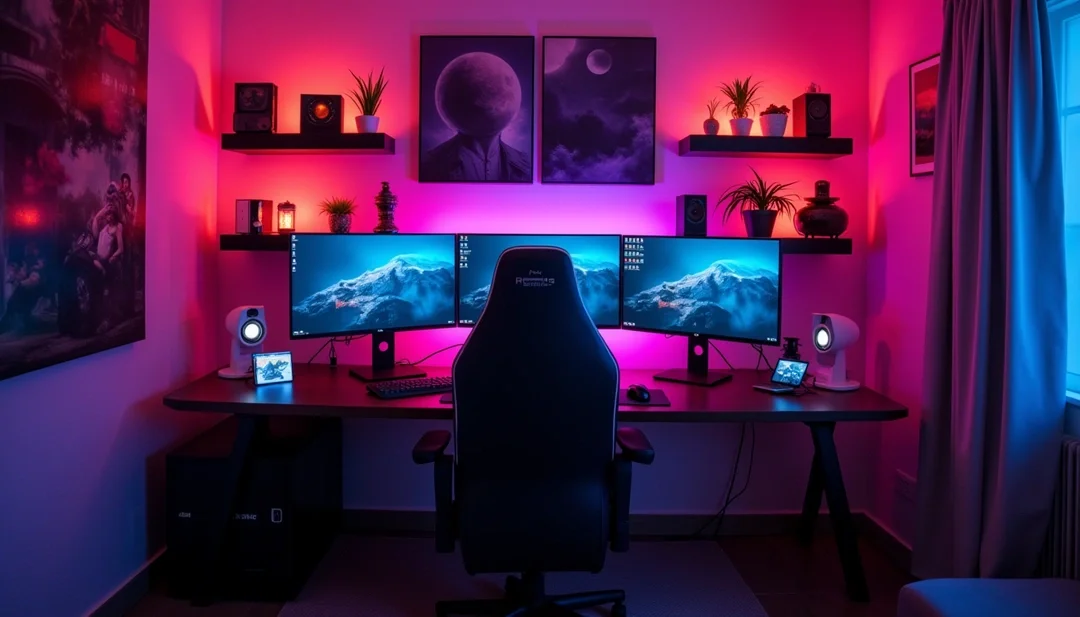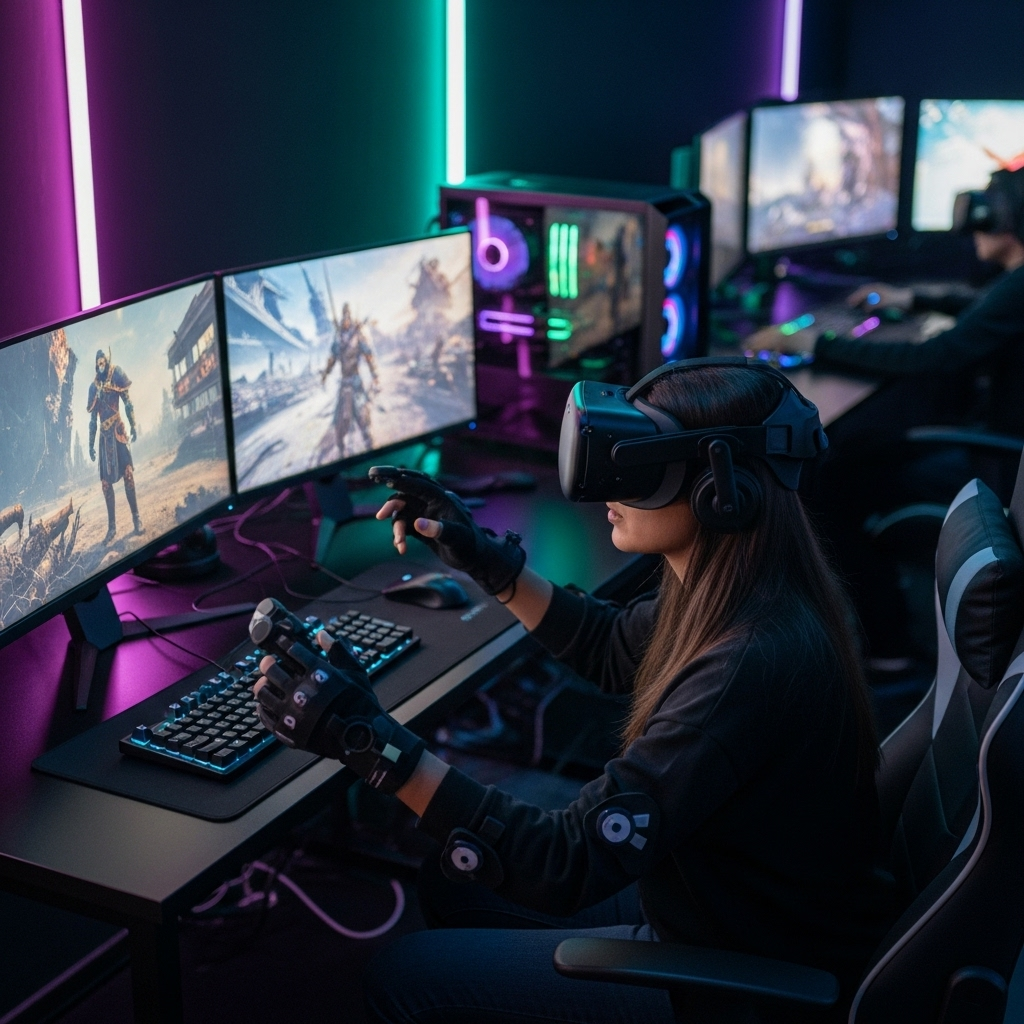Relying on electronic devices and digital files, new media artworks are sensitive to technology’s constant upgrades and possible obsolescence. A single dysfunctional file may lead to the permanent loss of an artwork’s content. Aware of such vulnerabilities and urged by their duty to care for objects for future generations, museums have established various initiatives for collecting and preserving media art and have also started encouraging artists to adopt preservation practices themselves. Given all the different approaches, this article investigates major strategies and tactics adopted by artists who advocate for new media art preservation as part of artistic practices.
Artist Perspectives on Net Art and New Media
In less than three decades, the end of net art movement has been announced more times than its new beginning has been declared. The early 2000s brought a new group of net artists who saw utopian potential in the internet and began using it as a tool to demonstrate independence from traditional art markets. The net artists of today are more easily defined within the genre of new media art rather than net art since their work explores not only the technology of the internet but also the technologies employed on the internet and the socio-political contexts that it produces. Stereyl and Blas—two artists included in this post—reflect a sentiment of contemporary new media artists: the virtual ecosystem is not the same as it was a ten years ago. What defines new media art is a continuing analysis and reflection on this ecosystem.
Orchestras' Post-Pandemic Digital Future
There is no use in waiting for the world to “go back to normal”: orchestras need to keep pushing forward and adjusting to the new reality. Covid-19 has proven, yet again, that people are interested in classical music, that it can and should have a stronger online presence, and that it has the power to bring peace—especially in times of uncertainty. Orchestras need to stake their place and assert their relevance in society. I envision a world where orchestras operate using “two stages”: one physical and one digital.
Tech for Enjoying the Holiday Weekend
Happy Thanksgiving weekend from all of us here at AMT Lab! Even if your celebration looked a bit different this year, we hope you were able to relax, connect with those you love, and reflect on the things that you still have to be thankful for in what has been an at times bleak year. Here are some ways technology has helped us celebrate Thanksgiving in new ways and more tech engagement opportunities for the weekend.
How Covid-19 Has Impacted Live Audience-Based TV Shows
One of the areas of the entertainment industry that has been hit the hardest by the Covid-19 pandemic is live audience-based TV. Not only is it difficult for show participants to film in person, but social distancing guidelines also prevent live audience members from attending normally. To investigate the effects of the pandemic on live audience-based TV, this post will look at the political, economic, social, and technological factors that are impacting live entertainment in the United States.
From the Hollywood Bowl to Drive-In Concerts: Live Music During Covid
Live music venues—from large to small—have had to look for alternative ways to stay afloat and engage audiences while the pandemic prevents people from gathering en masse. Many places have turned to technology for solutions, frequently in the form of live streamed concerts. The following three cases provide a breadth of examples for how venues are innovating in the face of adversity and planning to implement technological solutions before and after reopening. The Hollywood Bowl is an example of a large, outdoor venue that could benefit from using software to map out what seats could safely be filled. As a small, independent venue, Mr. Smalls Theatre exemplifies how to use technology to remain connected with the community. A trend among artists and performing arts organizations across the United States is the repurposing of the drive-in model. We will look at how that can provide a safe, live complement to digital offerings.
Adapting to the Pandemic: The Enterprise Center and Wolf Trap
To investigate how the Covid-19 pandemic is affecting the live music industry, we will look to case studies of venues that normally host concerts. In this first set of case studies, we will look at the Enterprise Center and the Wolf Trap Foundation for the Performing Arts. The Enterprise Center is a 22,000 capacity (for concerts) arena in St. Louis, Missouri. Located in Northern Virginia, Wolf Trap Foundation for the Performing Arts was the first National Park dedicated to the performing arts. Performances take place at the Filene Center, The Barns, and Children’s Theatre-in-the-Woods, and the foundation also operates the Wolf Trap Opera Company. Because it is currently not safe for either of these venues to operate at full capacity, these case studies will investigate technology-based alternatives.
How Technology is Helping the Live Music Industry Respond to Covid
The music industry in the United States has been a thriving industry since the success of publishers selling sheet music in “Tin Pan Alley” in the late 19th century. Over time, with technological advances, the music industry has blossomed into the multi-billion dollar industry it is today. As you are probably aware, however, the live music industry has been hit hard by the pandemic. The music industry is very familiar with disruptions, but Covid-19 has posed a new set of challenges for it to recover from. This post introduces live music performance as part of the arts and entertainment ecosystem. Throughout the upcoming case studies, we will explore the different types of technology that are being utilized in live entertainment to assist in reopening and the technology that is allowing the public to be entertained.
Opportunity or Challenge? Artificial Intelligence for Museum Audience Engagement
To improve museum operations, museum management is increasingly taking advantage of artificial intelligence (AI) technology to understand their collection data, their visitors, and their exhibitions. Audience engagement is one of the most significant factors that museums need to consider in their operations: it is an implicit element that connects people to collections and should be achieved based on a deep understanding of visitors, collections, and exhibitions. Within the past few years, AI technologies have shown their potential to bring previously inaccessible insights to museums based in three main areas: machine learning, chatbots, and neural networks.
Preserving AI-Powered Art as Time-Based Media and Computer-Based Art
As innovation with using artificial intelligence in art making continues, museums’ conservation practices must also evolve. Continuing my research on AI art preservation, this article will narrow down the subjects to AI-powered art since it deviates further from what traditional conservation practices apply to. Unlike static digital artworks printed on canvas, AI-powered art always has temporal attributes, presents constant variation through an algorithm, and relies on digital files and equipment that runs continually. Although current studies have not focused on AI-powered art, it is worthwhile to see how ideas and practices of digital art preservation—such as those at the Guggenheim—are transforming in ways that could help preserve AI art in the future. Since manufacturers' innovation will quickly outdate museums’ technology supporting such art and it will be hard to tell when the doomed obsoletion will happen, being proactive is essential.
AI-assisted and AI-powered Art: Different Challenges for Digital Preservation
Artists are among the many professions that are embracing artificial intelligence. AI is beginning to undertake tedious repetitive work, without replacing human’s creativity. Recently, the art market has displayed an interest in purchasing AI art. Christies sold Edmond de Belamy, an algorithm-generated painting, and Sotheby’s sold Memories of Passersby I, an AI video installation, at $432,500 and $51,012, respectively. With a rapidly increasing variety of AI art being created and transacted, the need to preserve such art in differentiated ways is emerging.
Practical Uses of AR in Arts and Culture
Since its first iteration, Augmented Reality (AR) has been disrupting education, health, entertainment, and many other fields. By enhancing the senses and abilities it has delighted but also aided in solving difficult problems. In arts and culture, AR has transformed static museum displays and provided special effects for stage productions. But the use of AR hasn’t gone much beyond support in storytelling, and the adoption of such a versatile technology as a tool in the production processes has been tentatively explored.
AI as a Tool in the Arts
Artists are taking advantage of new technologies to enhance their artmaking. They are using AI as a tool in the same way that artists of yesteryear used pen and ink and paintbrushes. This opens a whole new realm of possibilities for arts managers in terms of the scope of multimedia exhibitions and performances. Artists who are using AI as a tool include visual artists, performers, and creators of popular media.
Summer Road Trip Series - BreckCreate's WAVE Festival: Breckenridge, Co
Artists Mold the Future of Ceramics With 3-D Printing
Summer Road Trip Series: Dali Museum, St. Petersburg, Florida
Introducing the Summer Road Trip Series! In addition to bringing you research and reviews from the art’s management and technology world, over the next few months the AMT-Lab team will be sharing stories of their interactions with art and technology from their travels over the summer. We hope our travels will inspire you to visit a new place on your summer vacation or spark a new idea to try out in your own institution!
How The Arts Are Harnessing the Power of Artificial Intelligence
Artificial intelligence continues to make its way into the main stream and into multiple industry sectors. The arts are no exception. Over the past few years we have begun to see a wave of organizations use artificial intelligence as a method to both enhance the audience experience and generate new creative expression.
Beyond Livestreaming: Remote Theatre Attendance through Virtual Reality (VR)
Virtual Reality technology is increasingly more sophisticated and powerful, and it’s predicted to fully hit the mainstream within the next year. In the performing arts VR has been adopted slowly, most commonly used for immersive experiences. However, there may be a lost opportunity: institutions can use VR simply to grow audiences.
Playing with Reality in the Performing Arts: AR, VR, and MR
Immersive Experiences (AR, VR, and mixed reality) are emerging in the performing arts world. Let’s take a close look to gain a better understanding of the reasons why performing arts organizations implement these kinds of technology and discover whether it was worth the investment at this time in the technology’s development.

























